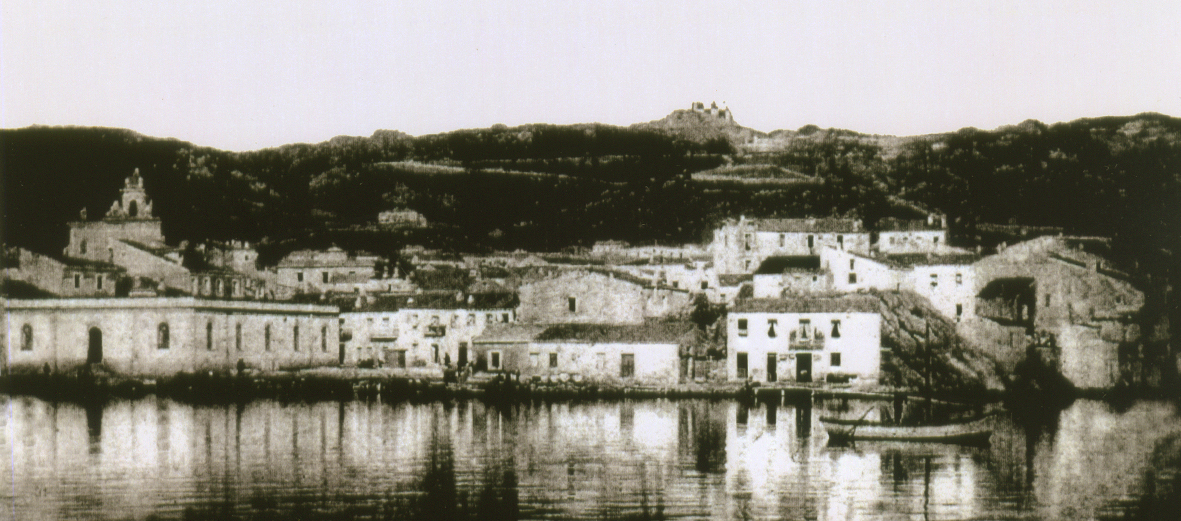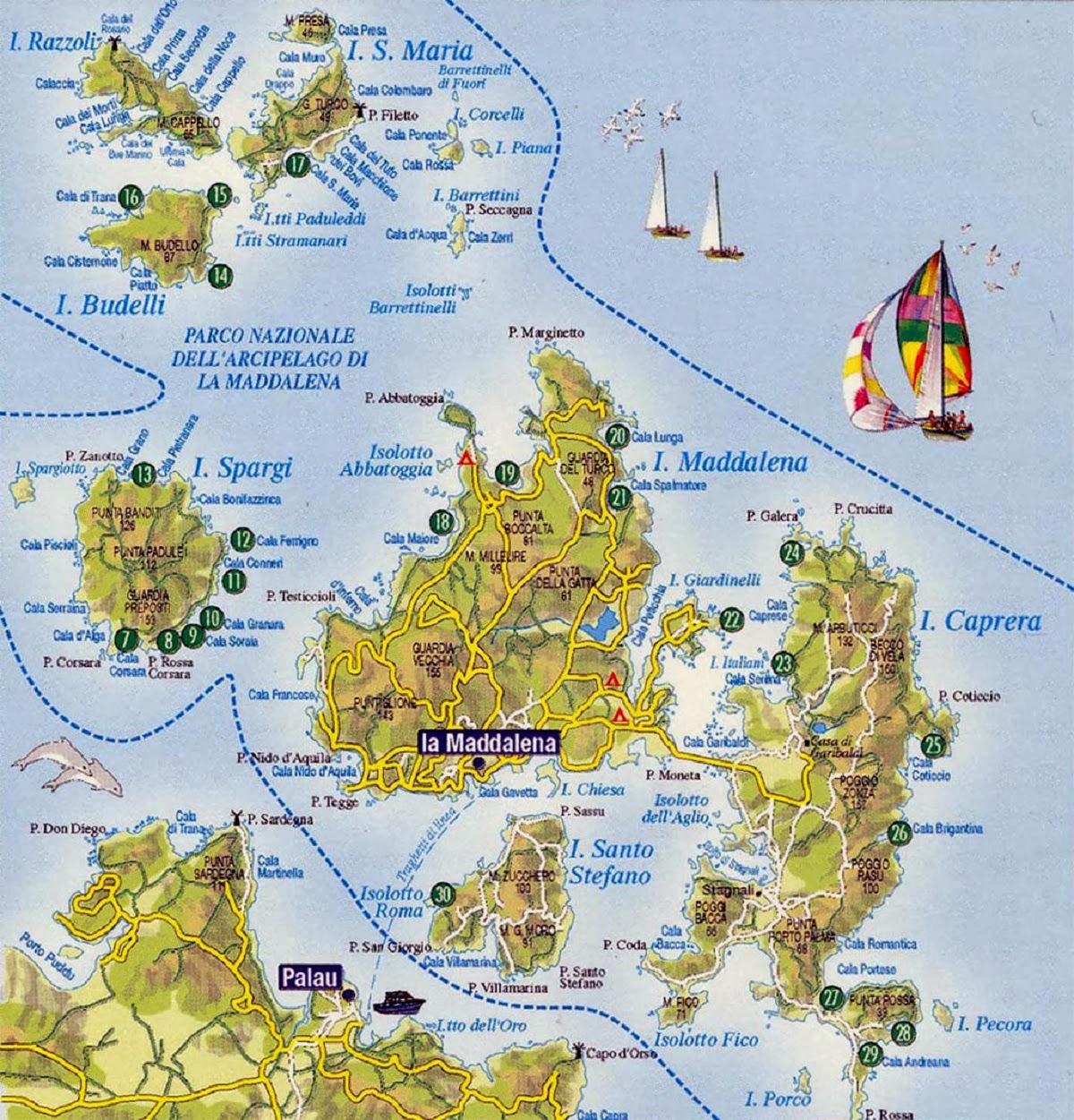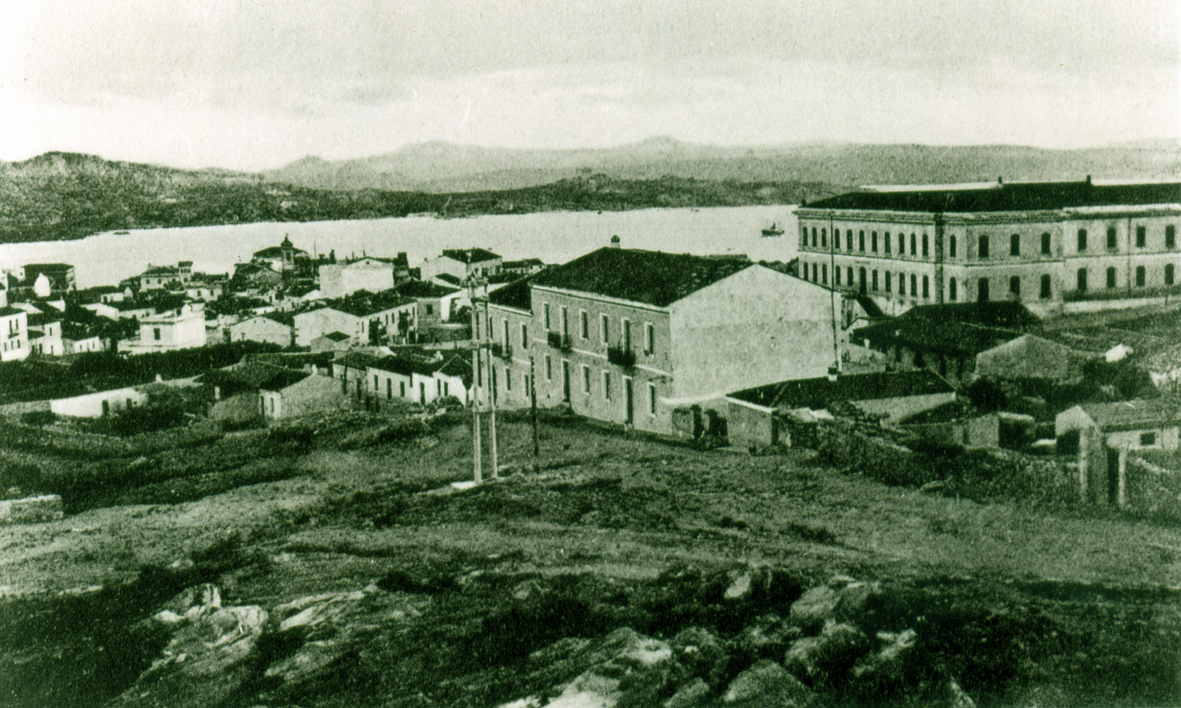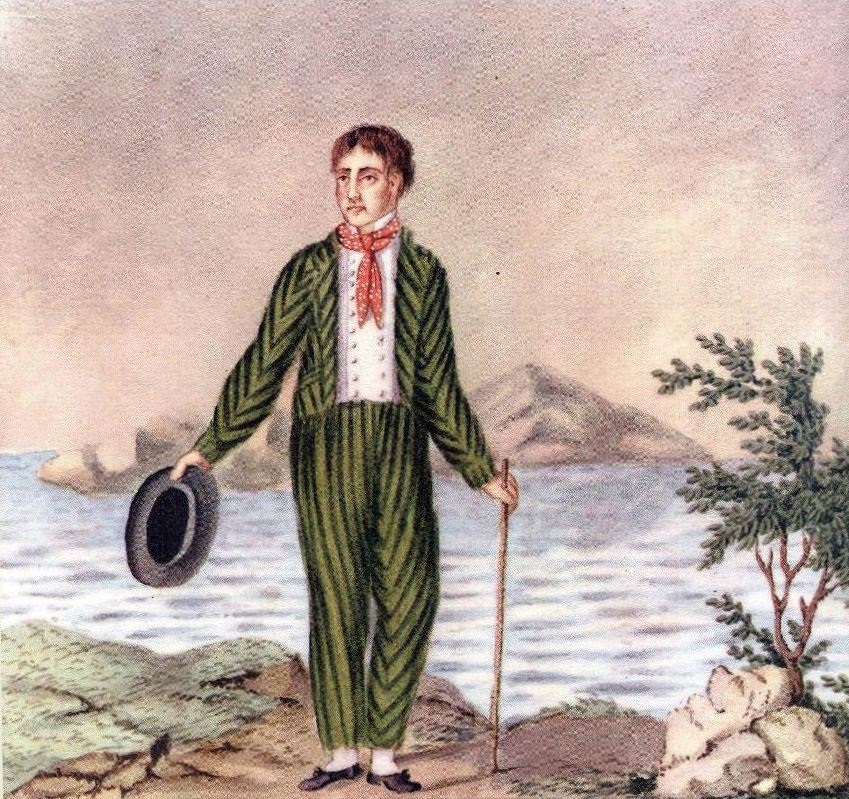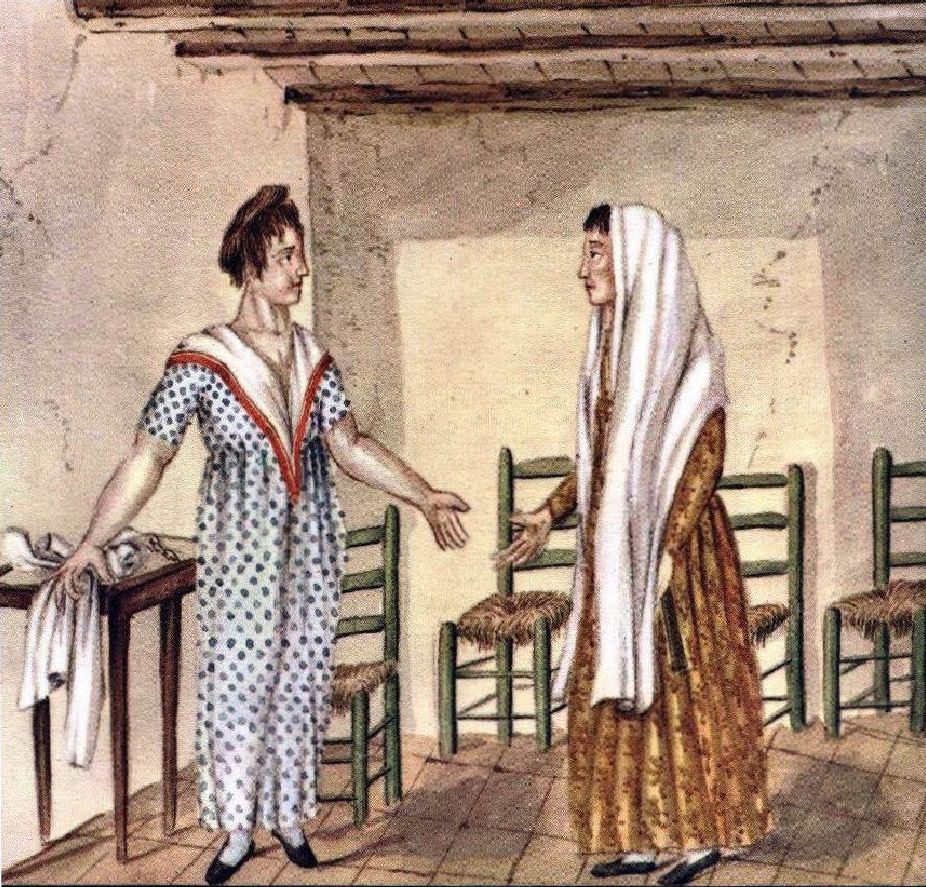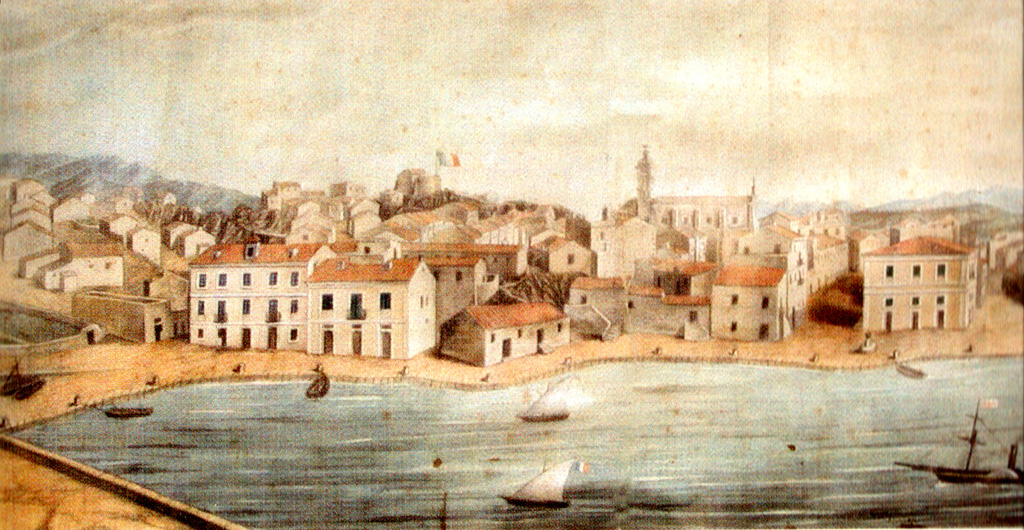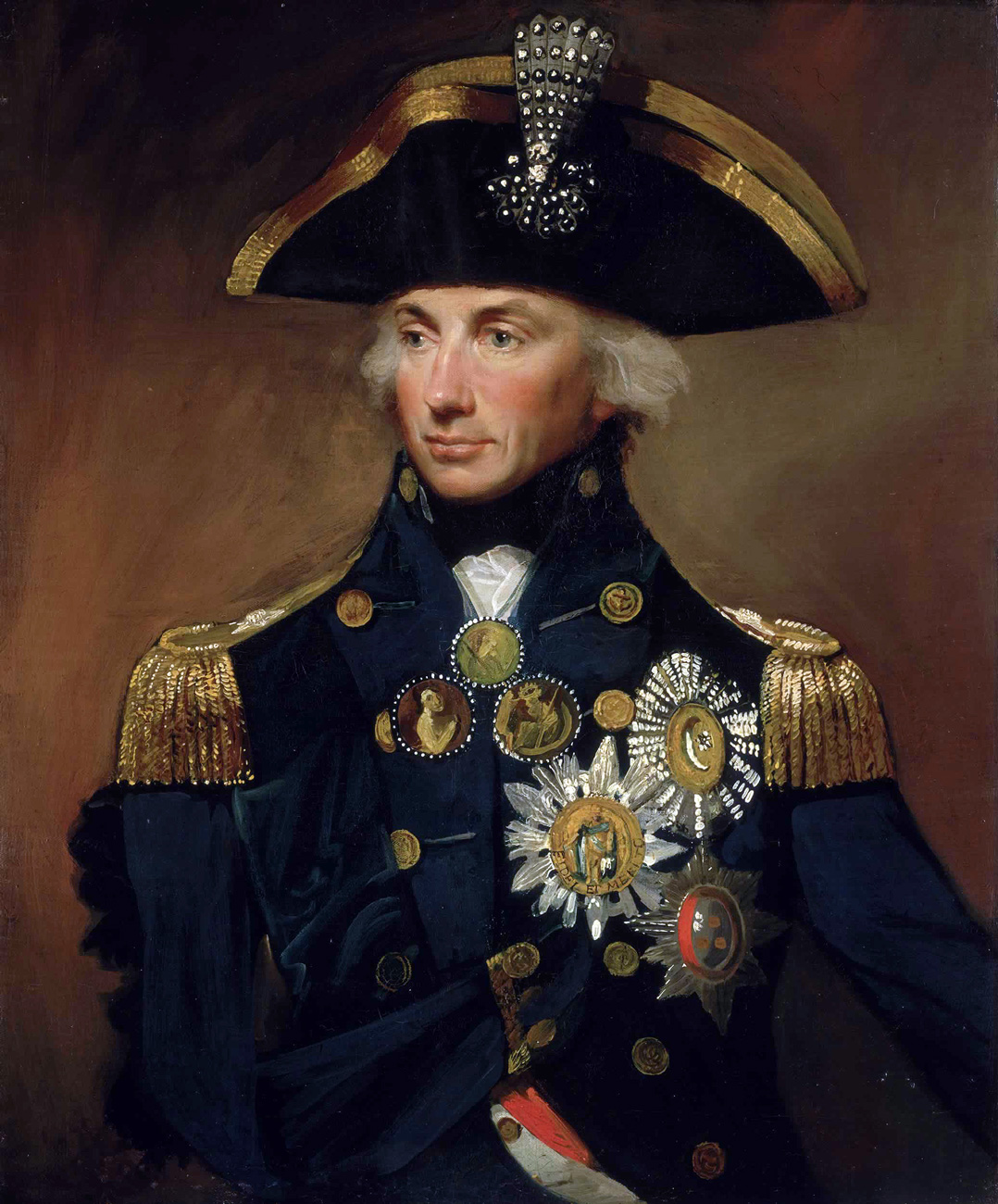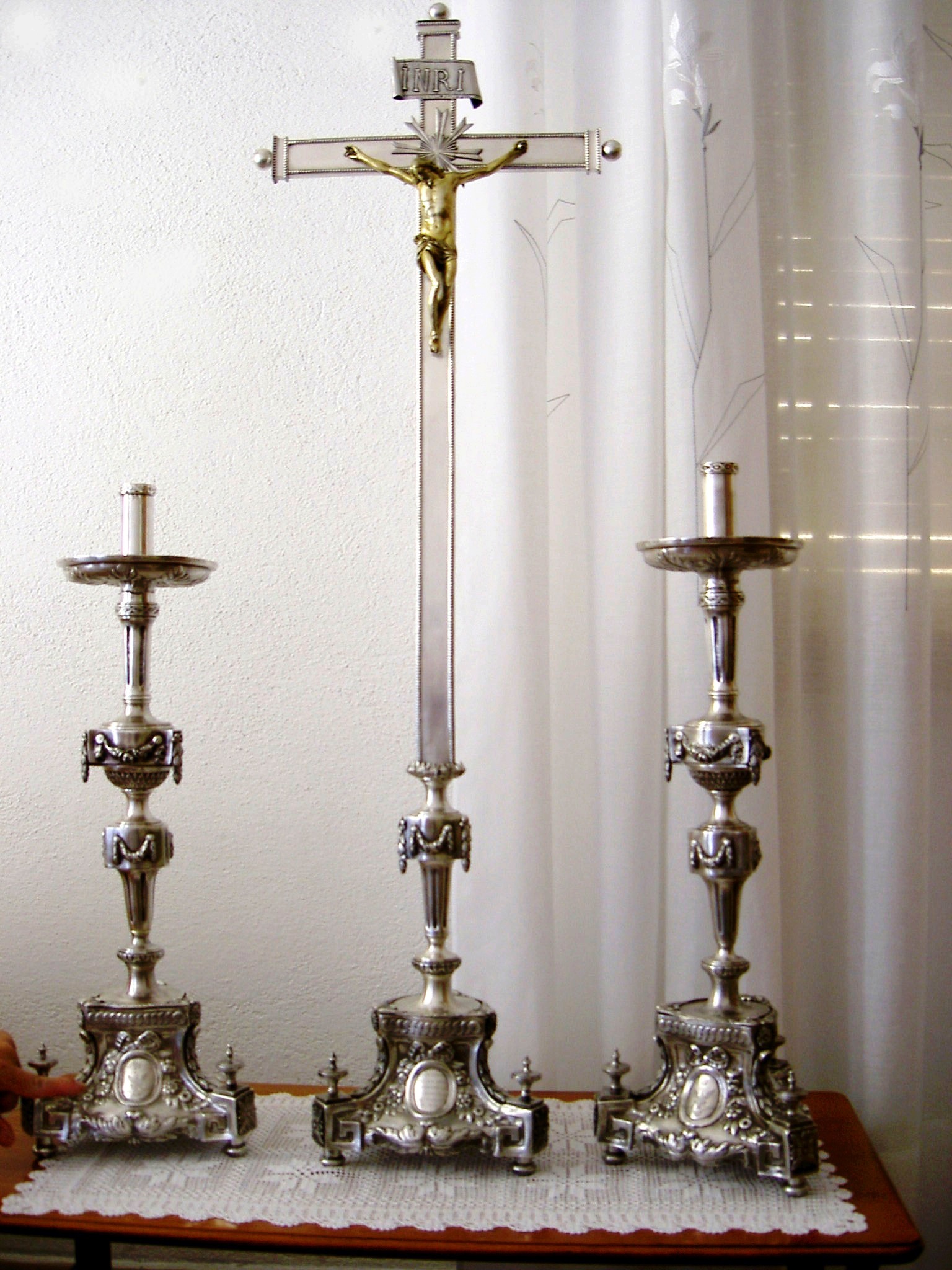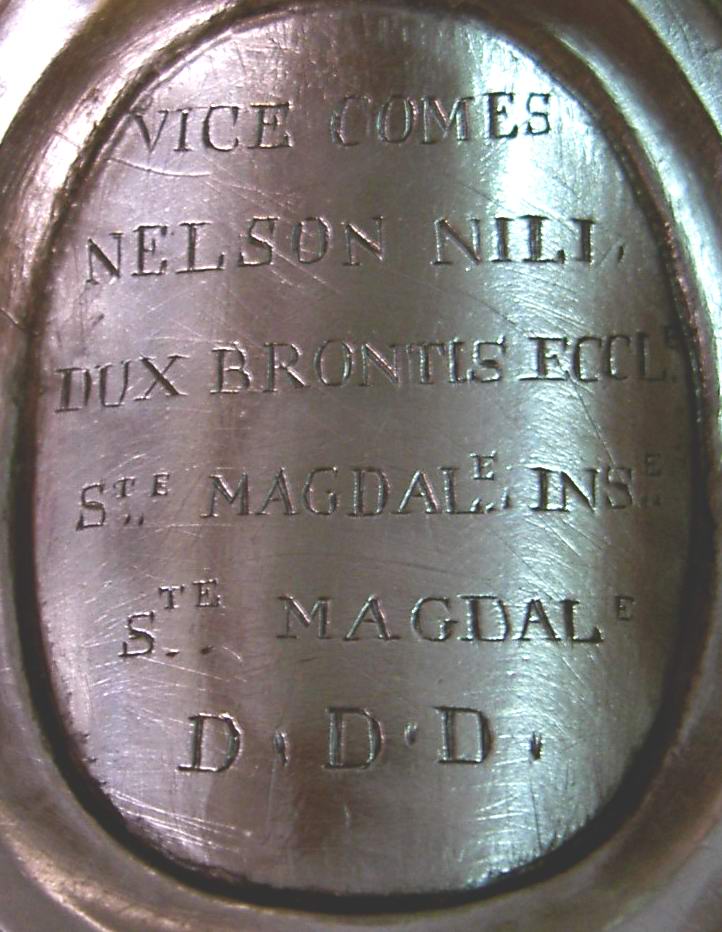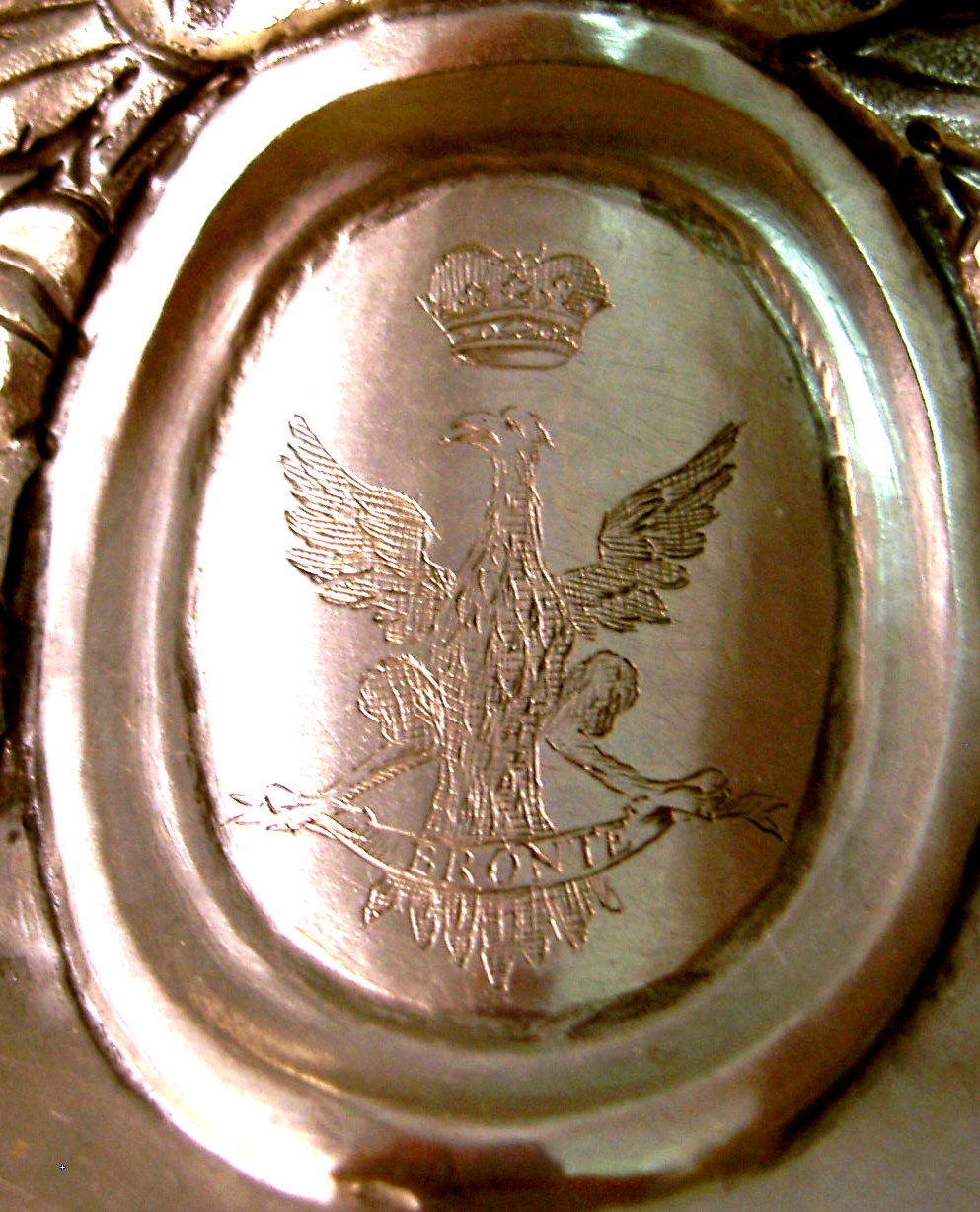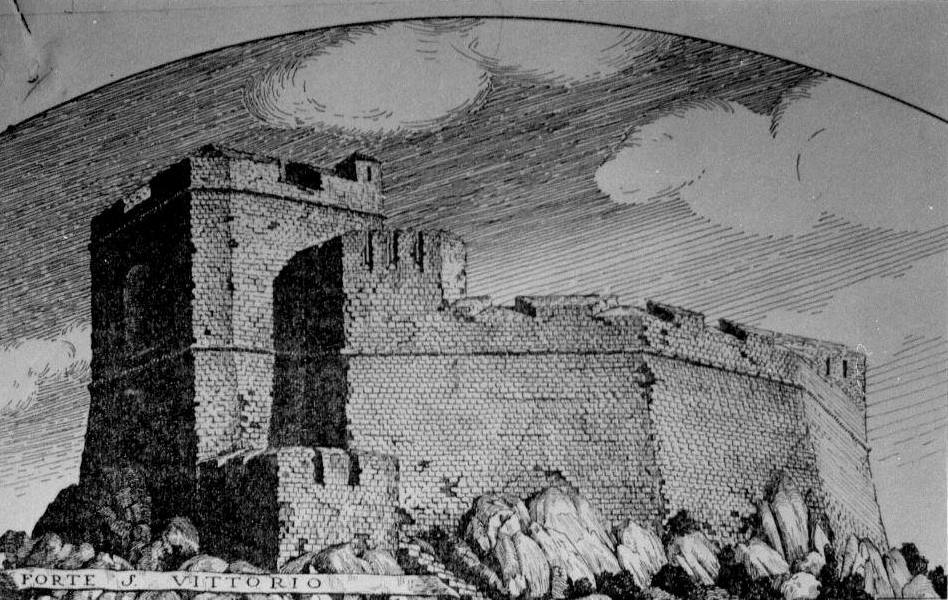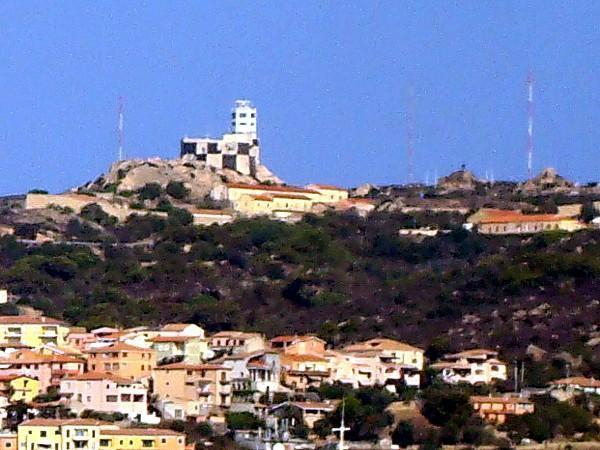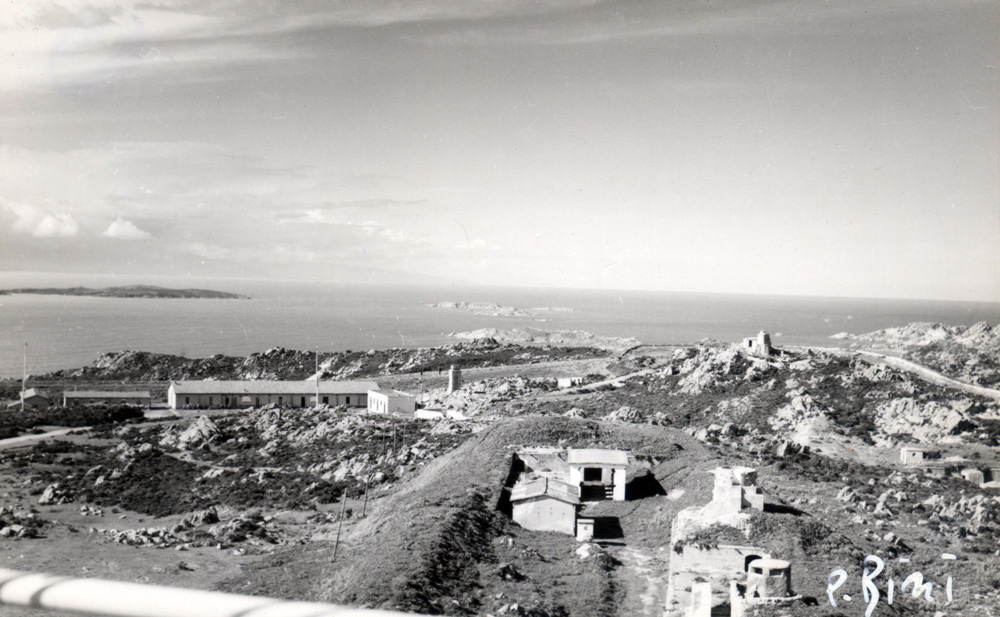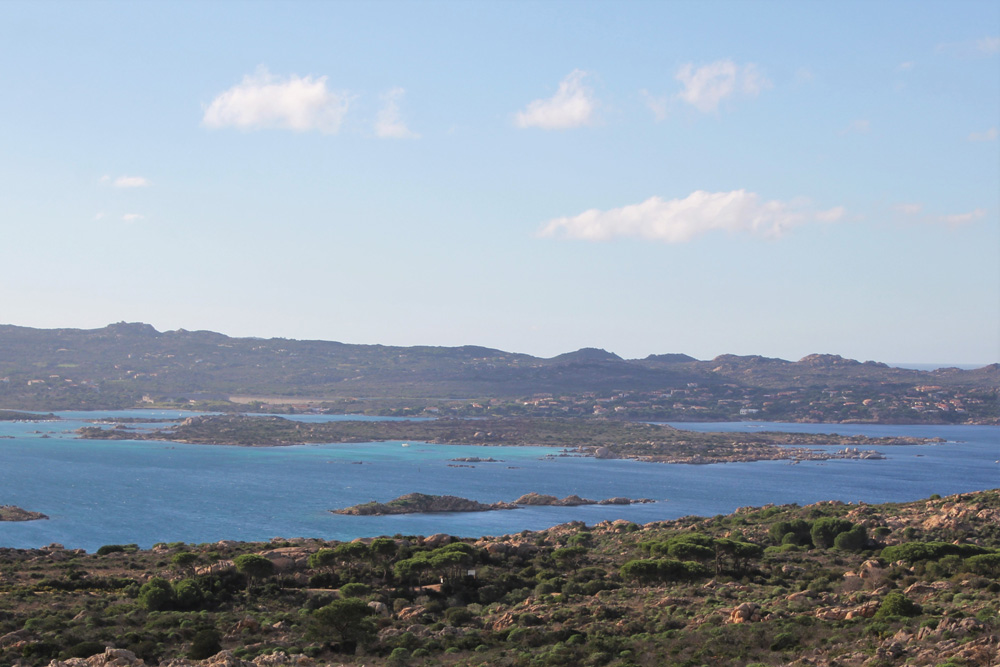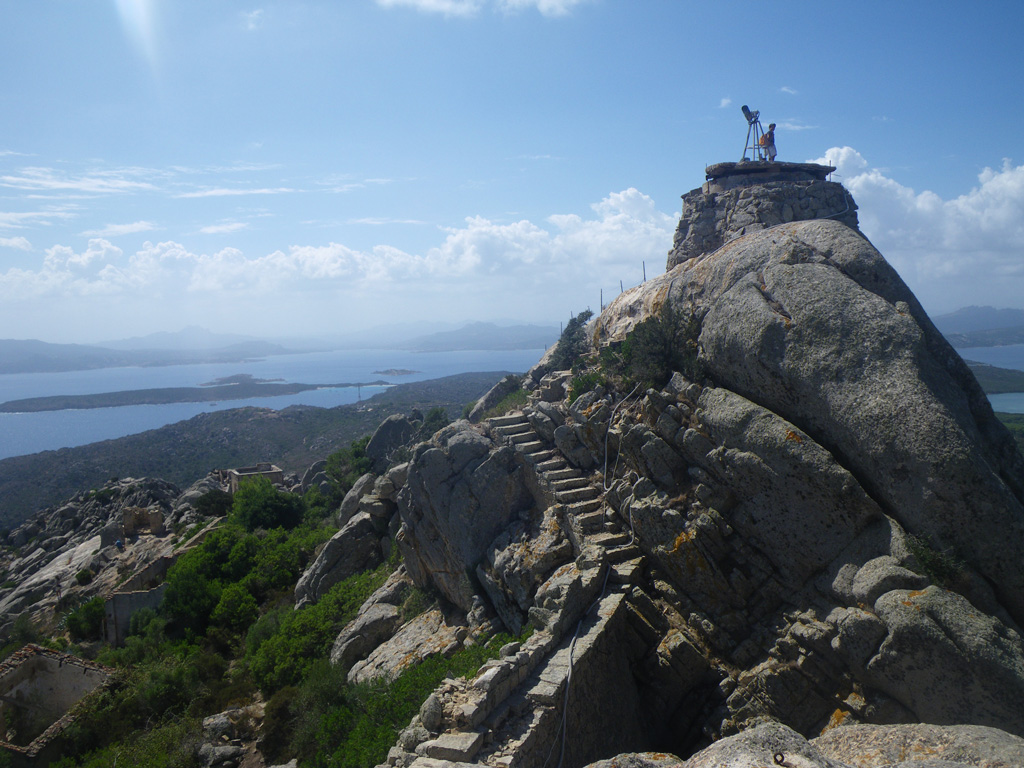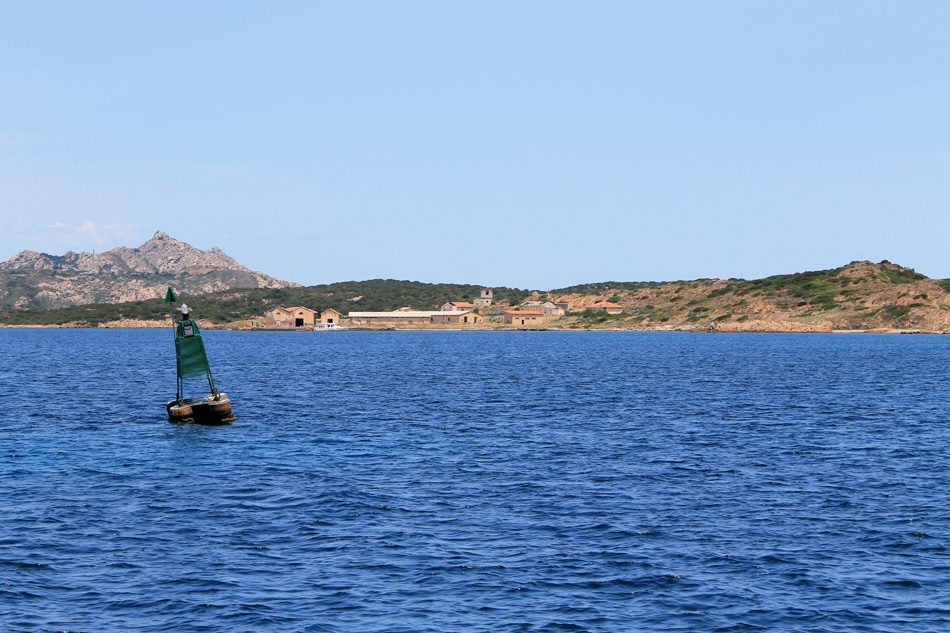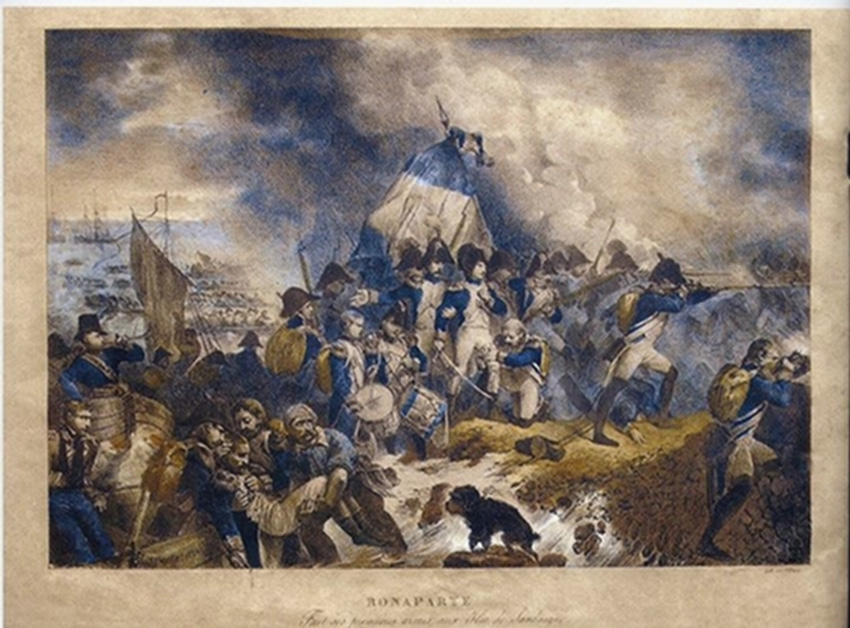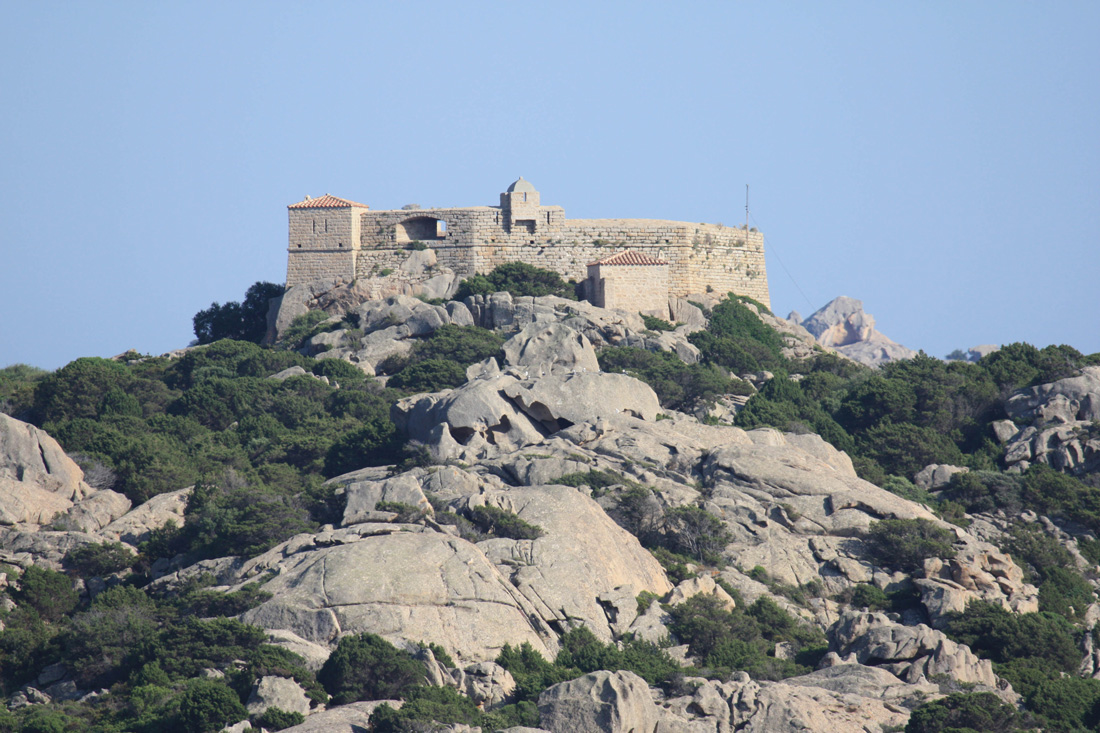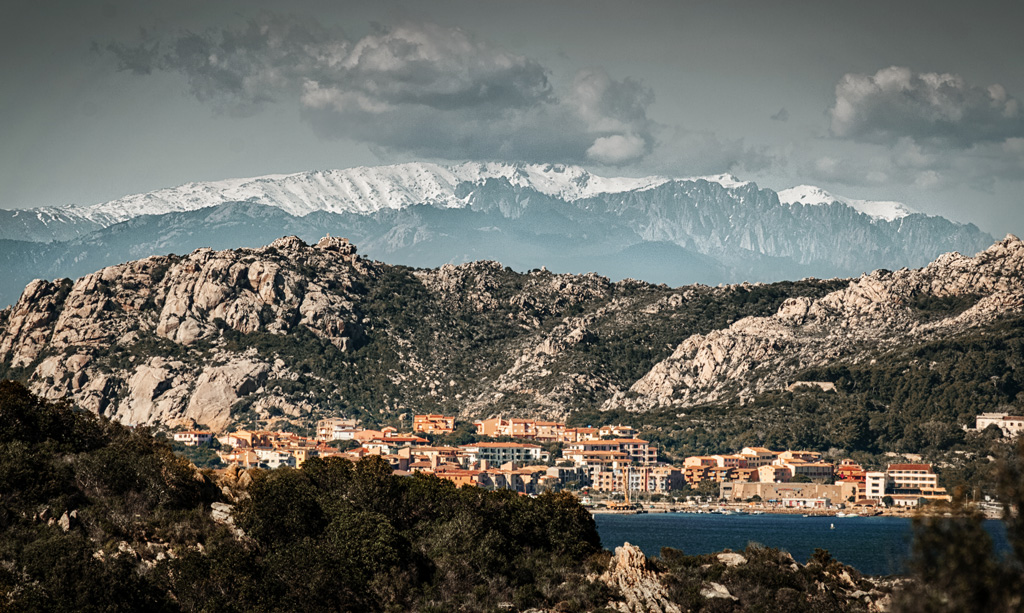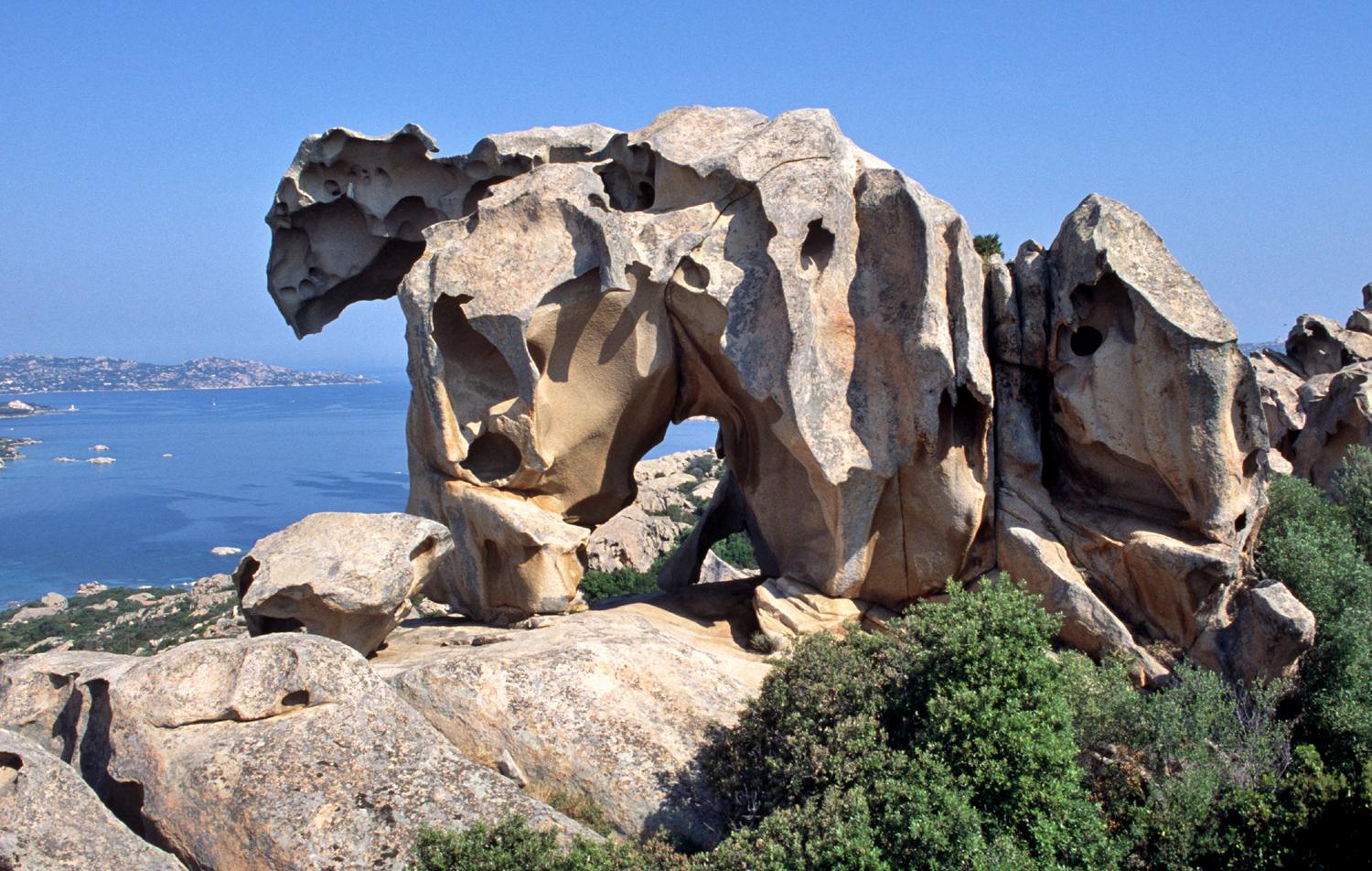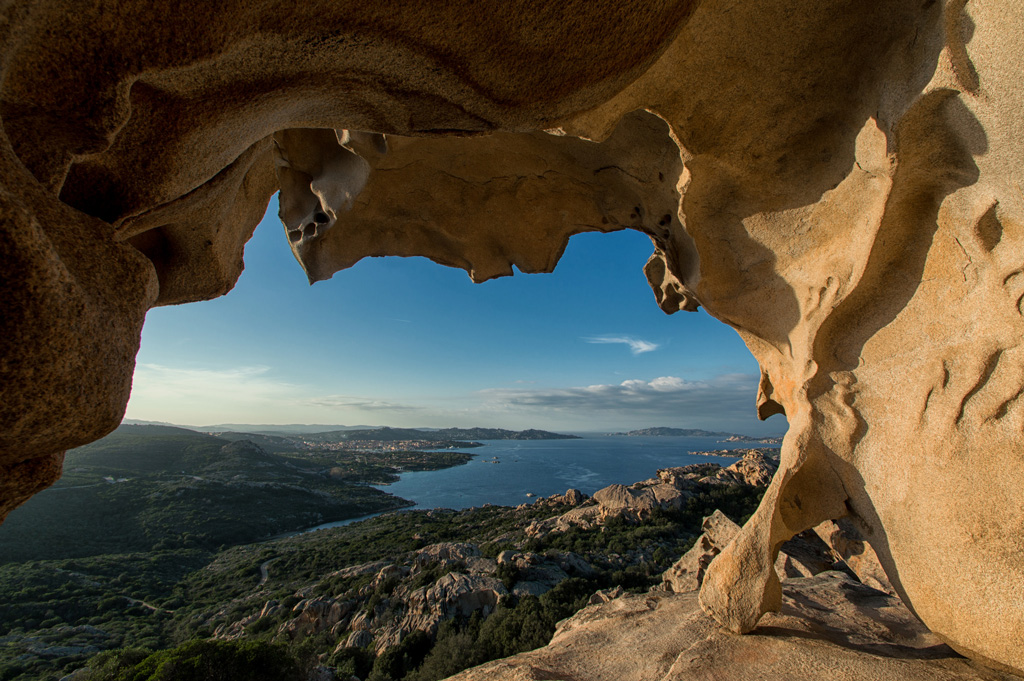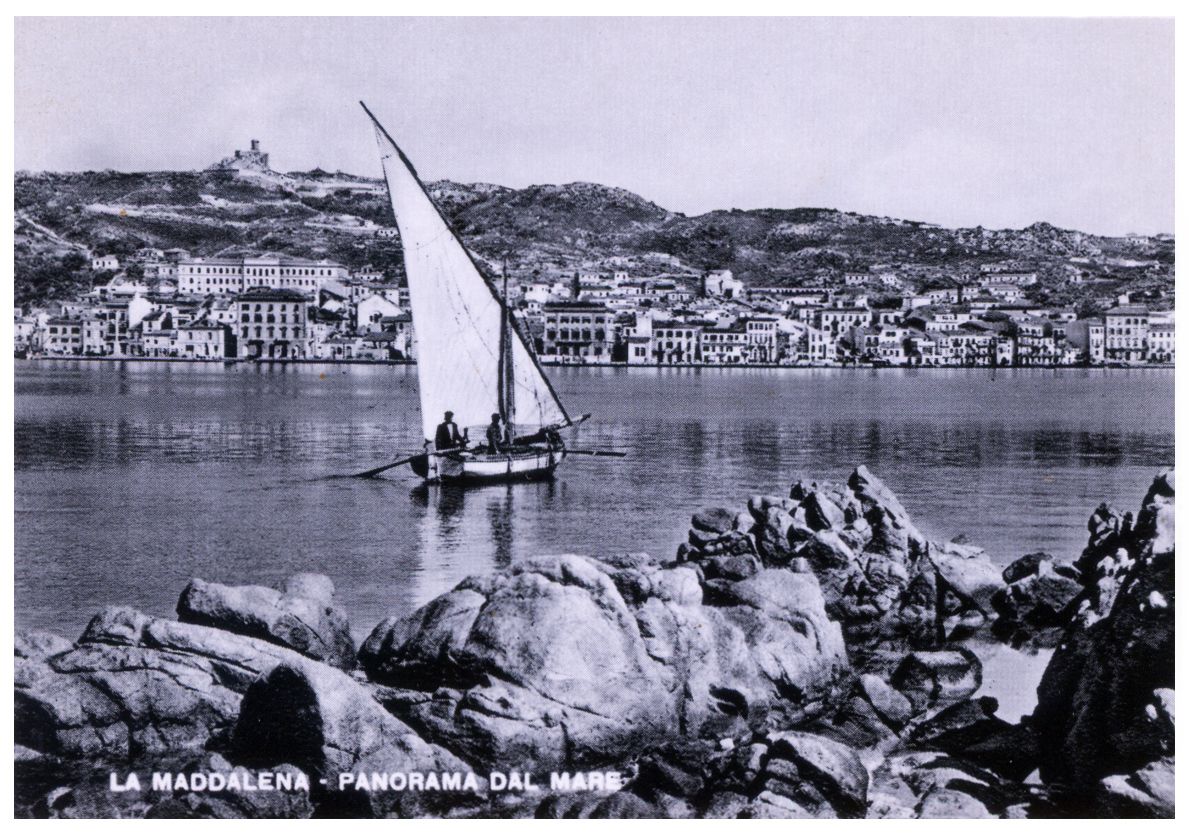THE ARCIPELAGO DE LA MADDALENA
Sketch of the present state of the Island of Sardinia⇒
London 1828
John Murray, Albermarle-Street
in italian: ![]()
So little, however, was this admirable naval station known in the middle of the last century, that it was a question whether the islands belonged to Sardinia or to Corsica, till some engineers were despatched, with the consent of the French court, to draw a visual line from east to west, equidistant between point Lo Sprono on the latter, and point Falcone on the former; it being agreed, that all north of this line should belong to Corsica, and all south of it should remain to Sardinia. These intermediate isles consist of Maddalena, Caprera, Santo Stefano, Santa Maria, Budelli, Razzoli, La Presa, Spargi, Spargiotto, Giardinelli, and Biscie: with the Bar[r]ettini, Monaci, Cappuccini, Porco, and Paganetto rocks. Excepting Maddalena, they may be said to be nearly uninhabited, there being but a few temporary herdsmen with their cattle; and they are alternately cultivated for three years by people from the town, and grazed the three years next following by the herdsmen.
Some fugitive Corsican families were amongst the first settlers; and, from its salubrity and eligibility for Italian traffic, it has become a tolerable town of upwards of 1600 inhabitants.
The town is tolerably clean, but straggling; has a capital anchorage before it, and a cove for boats, called Cala Gavetu. Lord Nelson, to whom the islanders were warmly attached, promised to build a church for them. This, we may conclude, was prevented only by his lamented death, for he had already sent a most acceptable present, of two massy silver candlesticks, and a crucifix of silver with a gold Saviour, of very elegant workmanship. The pedestal of each has three faces, on one of which are enchased the arms of Nelson, on the second those of Bronte, and on the third this inscription:
VICE COMES NELSON NILI DUX BRONTIS ECCE. STE. MAGDALE. INSE. STE. MAGDALE. D. D. D.
Crime is not uncommon; and the means of redress are difficult: while the judge, having but seventy-five dollars per annum, cannot be said to be above the influence of Plutus. The situation is exceedingly healthy; and the wild pease that grow about the hills offer a spontaneous addition to the minestra.
Maddalena has rocky shores, and except the principal harbour, has only beaches for boats; the bay on the N.W. side is the largest, and encloses three sandy coves in it. Between Maddalena and Caprera, is the low islet of Giardinelli, which with its rocks and shelves nearly blocks up the intervening passages.
CAPRERA AND SANTO STEFANO
Caprera is a high and irregular isle to the S.E. of Maddalena, quite barren on its north and east faces; towards its centre is a peak called Tagiolona [Tejalone], upwards of 750 feet in height, near which is a spring of pure water. Caprera has several coves on its coasts, the principal of which is Port Palma, where the Neapolitan fishermen take great numbers of fine cray-fish, for the supply of the Italian markets. The low isle of Biscie forms the outer point of the eastern channel, and is remarkable for the acontias, or little black snake, whence it derives its name. It should be observed that this is the worst entrance to the anchorage, for strangers, as there are three hidden dangers in the fairway, which Lord Nelson’s squadron escaped, almost miraculously, when beating through it at dusk in a gale of wind; for, as Vice-Admiral Sir Richard Keats informed me, they were afterwards detected by the Excellent, of seventy-four guns, striking in a light breeze.
In sailing about and amongst these islands, attention must be paid to the “rafficas,” or violent squalls off the hills; and it is esteemed a sign of bad weather when Corsica cannot be seen; or, as the natives say, “when it has got its cap on.”
The mean of our operations established the telegraph tower of the Guardia Vecchia, in latitude 41° 13′ 27″ N., and longitude 9° 23′ 42″ E.; the magnetic variation being 17° 56′ 30″ W.
SOURCES OF ILLUSTRATIONS
19th Century Paintings, Drawings and Lithographs (captions translated freely)
Collection Luzzietti, “Man from La Maddalena”, ca 1795-1805, IN Francesco Alziator, La collezione Luzzietti: raccolta di costumi sardi della Biblioteca universitaria di Cagliari, De Luca 1963, Zonza 2007.
Collection Luzzietti, “Women from La Maddalena”, ca 1795-1805, IN op. cit.
William Sanderson Craig (English consul in Cagliari from 1867 to 1874), “La Maddalena”.
Agostino Verani, “La Maddalena Islanders”, IN Scoperta della Sardegna. Antologia di testi e autori italiani e stranieri, a cura e introduzione di Giuseppe Dessì, Milano, Il Polifilo, 1967.
Lemuel Abbott, Horatio Nelson, 1799.
“Fort San Vittorio or Guardia Vecchia”, ca. 1850, cortesy Pietro Bottaru.
Denis Auguste Marie Raffet, “Bonaparte makes his debut in Sardinia”, 1826.
Postcards and Photos, Late 19th/Early 20th Century
Collection Antonio Frau – La Maddalena
Contemporary Photos
Salvatore Zizi – Flickr; wunjo191 – Flickr; Patrick Nouhailler – Flickr; Roberto Oggiano – Flickr; Wally Nelemans – Flickr; Antonio Concas – Flickr
wikimapia; Gianni Careddu – CC BY-SA 4.0, wikimedia commons; wunjo191 – Flickr, Patrick Nouhailler – Flickr, Carlo Pelagalli – CC BY-SA 3.0, wikimapia

